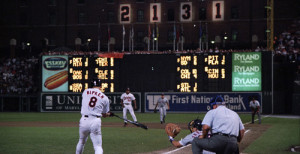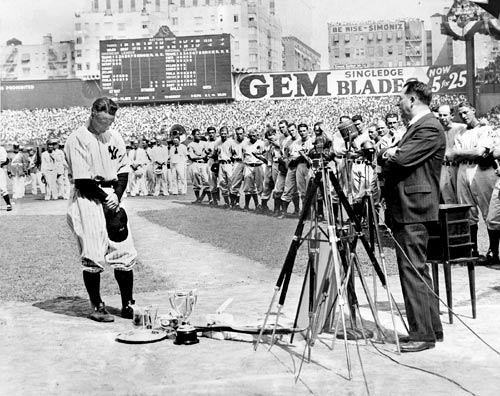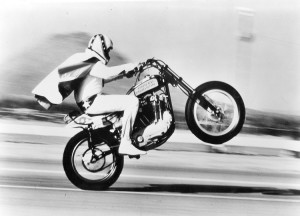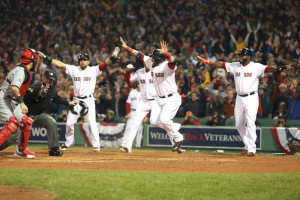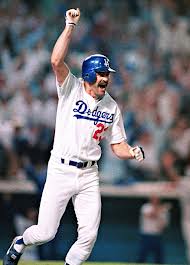Remembering College Football’s “Galloping Ghost” Red Grange 2
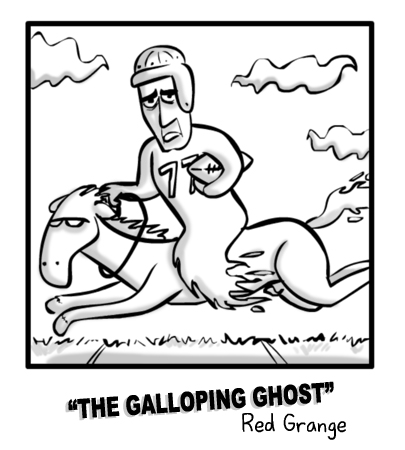 Today’s Sports Then and Now blog features an incomparable college football player with the unforgettable nickname – The Galloping Ghost.
Today’s Sports Then and Now blog features an incomparable college football player with the unforgettable nickname – The Galloping Ghost.
In 2008, ESPN.com called this electrifying running back and kick returner the greatest college football player ever.
However, nearly 90 years earlier it was Chicago sportswriter Warren Brown who attributed The Galloping Ghost name to Harold Edward “Red” Grange.
Grange earned the moniker because of his race horse speed and quick, ghostlike movements that avoided tacklers in the open field.
Tackling Grange was like trying to lasso a fast moving cloud driven by a strong wind in a large open field. Few defenders ever succeeded.
A three-time All American at the University of Illinois, the 5’11” and 175 lb. Grange led the Illini to an undefeated season and college football’s national championship in 1923.
The Galloping Ghost’s best college game was against Michigan on October 18, 1924. Most college football fans called it the greatest individual performance in the history of college football.
Against the Illini’s fiercest rival, Grange spooked the Wolverine defense by racing the game’s opening kickoff 95 yards for a touchdown. He scored three more times on runs of 67, 56 and 44 yards – all within the first 12 minutes of the game.
There was no television or internet back in The Galloping Ghost’s era. Instead, TIME Magazine highlighted Grange’s amazing college career by including The Galloping Ghost on the cover of its October 1925 issue. It was a huge national honor.
An original member of both the College and Pro Football Halls of Fame, Grange signed with the Chicago Bears immediately after college. Grange is also a history maker for the professional sport of football. Back in the 1920s, professional football was only beginning to form nationally, and Grange became instrumental in its initial success.
Grange participated in a 67 day, 19 game cross-country series of exhibition games. For his efforts, The Galloping Ghost pocketed an incredible $100,000 for his role. The other players were paid only $100 per game.
Chicago Bears Hall of Fame owner George Halas called Grange the greatest running back he had ever seen. Unfortunately, The Galloping Ghost suffered a terrible knee injury in 1927 that inevitably shortened his professionally career.
The highlight of #77’s NFL career came in 1933. Grange made a heroic game saving play on defense in the closing seconds of the NFL’s first ever Championship Game held at Wrigley Field.
The spirit of this Galloping Ghost will always live on. And, today’s Sports Then and Now’s blog rekindles the fiery spirit of this amazing college football player.
Red Grange passed away in 1991, but today let’s remember the elusive, fast gridiron great whom ESPN.com recognized as the best college football player of all time.
